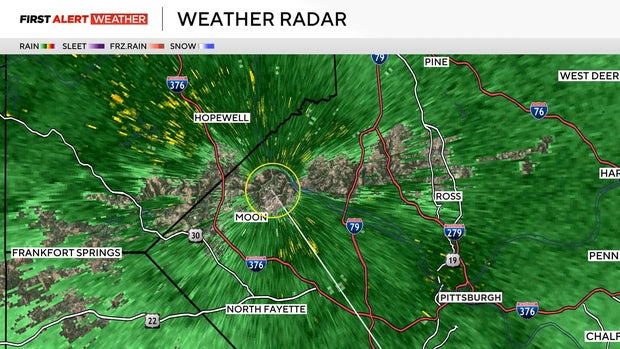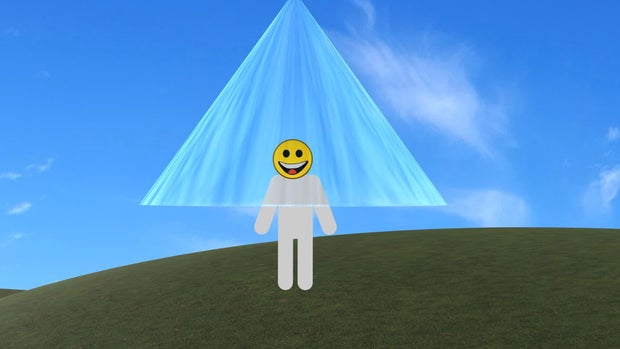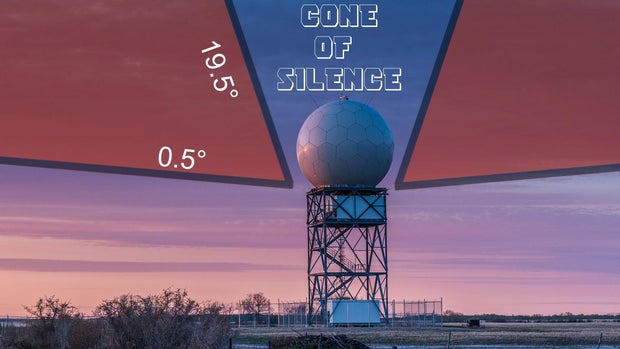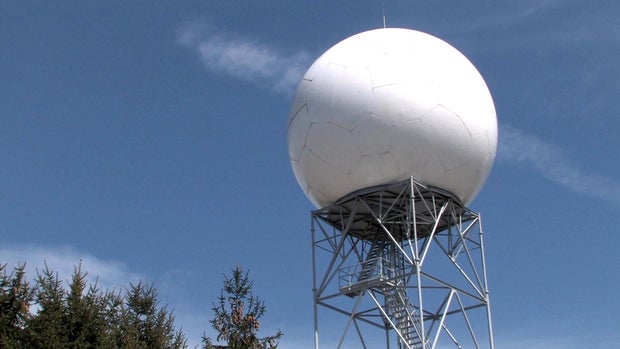The Cone of Silence | Hey Ray
/ CBS Pittsburgh
Hey Ray: The Cone of Silence
Have you ever noticed that blank hole on the radar near a radar site when you are trying to look at precipitation?

The setup that causes this is one of those weather words that may sound silly, especially when you may have heard it used differently in the past. Our weather word has to deal with radar, but it also deals with a word used in the old TV Show "Get Smart".
That word is "cone of silence".

It is not a pod to keep others from hearing your conversation, it is one of the limitations of weather radar!
Also, you don't notice this cone until there is precipitation for the radar to detect.
To understand a radar's cone of silence, you have to first understand how the radar sends out its beam.
The radar shoots its beams out at several different angles. This creates what we call a "volume scan" of the atmosphere. So, the lowest beams are the closest to being straight out from the radar, and the angles continue to go upward.
As this happens, it creates a cone-shaped void over the radar. You can see this occurring with a recent rain in the area.

The radar beam only tilts upward 19.5°.
Since the radar does not shoot a beam straight up, that void is an unscanned part of the sky! This means if rain, snow, or storms are happening right above the radar, we cannot get a sample of what is happening.
It is just that blank hole we showed you, and according to the National Weather Service, that void is one nautical mile! This creates momentary blindness to what is happening.

There are ways to see the missing data by filling in the hole left by the cone of silence.
The best way is to use other nearby radars like a Terminal Doppler Weather Radar or "TDWR". These are weather radars operated by the Federal Aviation Administration to look for hazards for air traffic. We have one in Pittsburgh that helps fill in the Cone of Silence!

Now you know why there is sometimes a doughnut hole by the radar!
Meteorologist Ray Petelin joined the KDKA Weather Team in October 2018, but is no stranger to the weather in Pittsburgh and Western Pennsylvania. He has been forecasting in Pittsburgh since 2011 and in Western PA since January of 2003.










